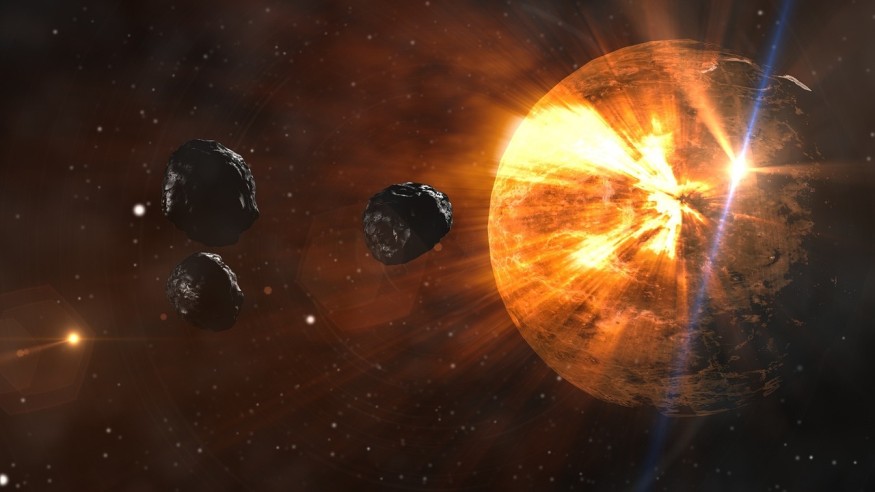Building blocks of life serve as the main ingredients for the emergence and evolution of life on Earth.
Scientists in previous research have determined that cells are the basic unit of a living organism's biological structure, since cells also help form tissues, organs, and other organ systems in the body.
However, scientists are still uncertain how exactly life started, as well as its origin.
A recent study by researchers in Japan has been making headlines both in the fields of astronomy and biology this month.
Their findings indicate the presence of uracil and niacin, two of the key building blocks of life, on the distant asteroid Ryugu, officially called as 162173 Ryugu.
The space rock is a near-Earth object and a potentially hazardous asteroid belonging to the Apollo group.
In the past, astronomical evidence, mostly from meteor debris, indicate the components of DNA and RNA, the two main types of nucleic acids, also comes from space.
The source of these building blocks of life remains a mystery.
However, the violent, constant bombardment of inter-planetary and space rock collisions after Earth was formed 4.5 billion years ago could be the precursor of organic genesis.
Uracil and Niacin Traces on Asteroid

The new study further confirms previous evidence that the ingredients of life on Earth came from space.
The researchers involved in the discovery extracted not only uracil and niacin but also some other compounds from 162173 Ryugu asteroid, Reuters reported.
The building blocks of life mentioned were detected by soaking the asteroid particles in hot water and conducting analyses called liquid chromatography and high-resolution mass spectrometry.
The study's co-author Yoshinori Takano, an organic astrochemist at the Japan Agency for Marine-Earth Science and Technology (JAMSTEC) stated he is looking forward by September 2023 to the analyses results from another asteroid, as cited by Reuters In 2020, the National Aeronautics and Space Administration (NASA) from the asteroid Bennu during an OSIRIS-Rex mission in 2020.
Also Read : Starlight Origin of Building Blocks of Life
Asteroid 162173 Ryugu
Following a 42-month space journey, the Hayabusa2 spacecraft of Japan arrived at asteroid 162173 Ryugu in June 2018.
The distant space object is located 300 million kilometers from Earth, according to the European Space Agency (ESA).
The Hayabusa2 mission team visited the diamond-shaped asteroid and was the one responsible taking a sample from the asteroid and expected to return to Earth.
In 1999, Ryugu was first discovered by the Lincoln Near-Earth Asteroid Research (LINEAR) project.
The Japanese space agency JAXA estimated the asteroid's size could be 2,952 feet (900 meters) in diameter, according to Space.com.
Building Blocks of Life
JAXA states Ryugu is currently orbiting between the Earth and Mars, and it occasionally gets caught up being with our planet's orbit.
The Japan-based research team published their findings on the journal Nature Communications on March 21.
The team was able to analyze the samples from the pristine extraterrestrial material.
Meanwhile, scientists are also concerned about the Ryugu asteroid since it also has a potential hitting Earth one day.
Related Article : ESO: ALMA Discovered a Building Block of Life Near Infant-Like Star
© 2025 NatureWorldNews.com All rights reserved. Do not reproduce without permission.





